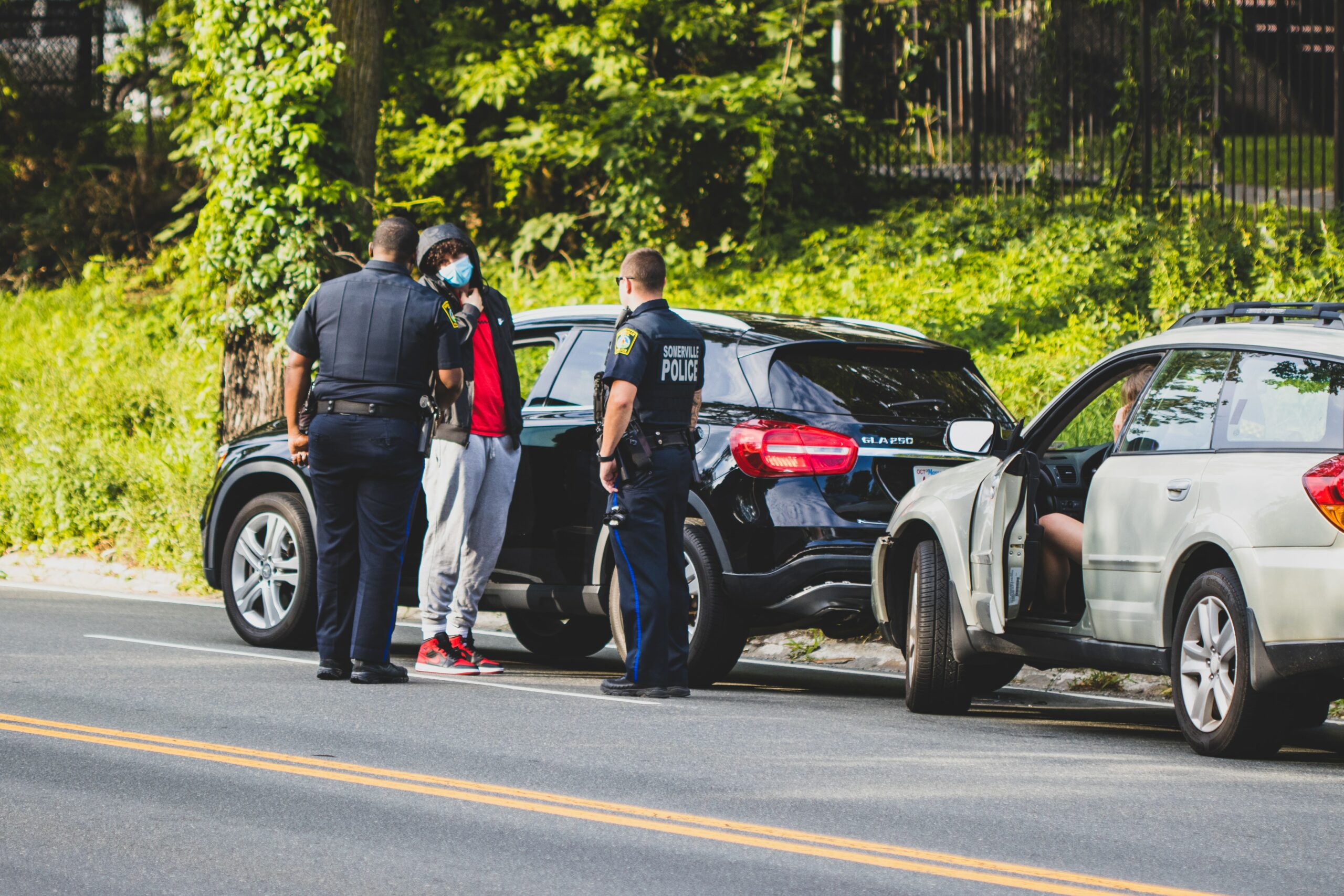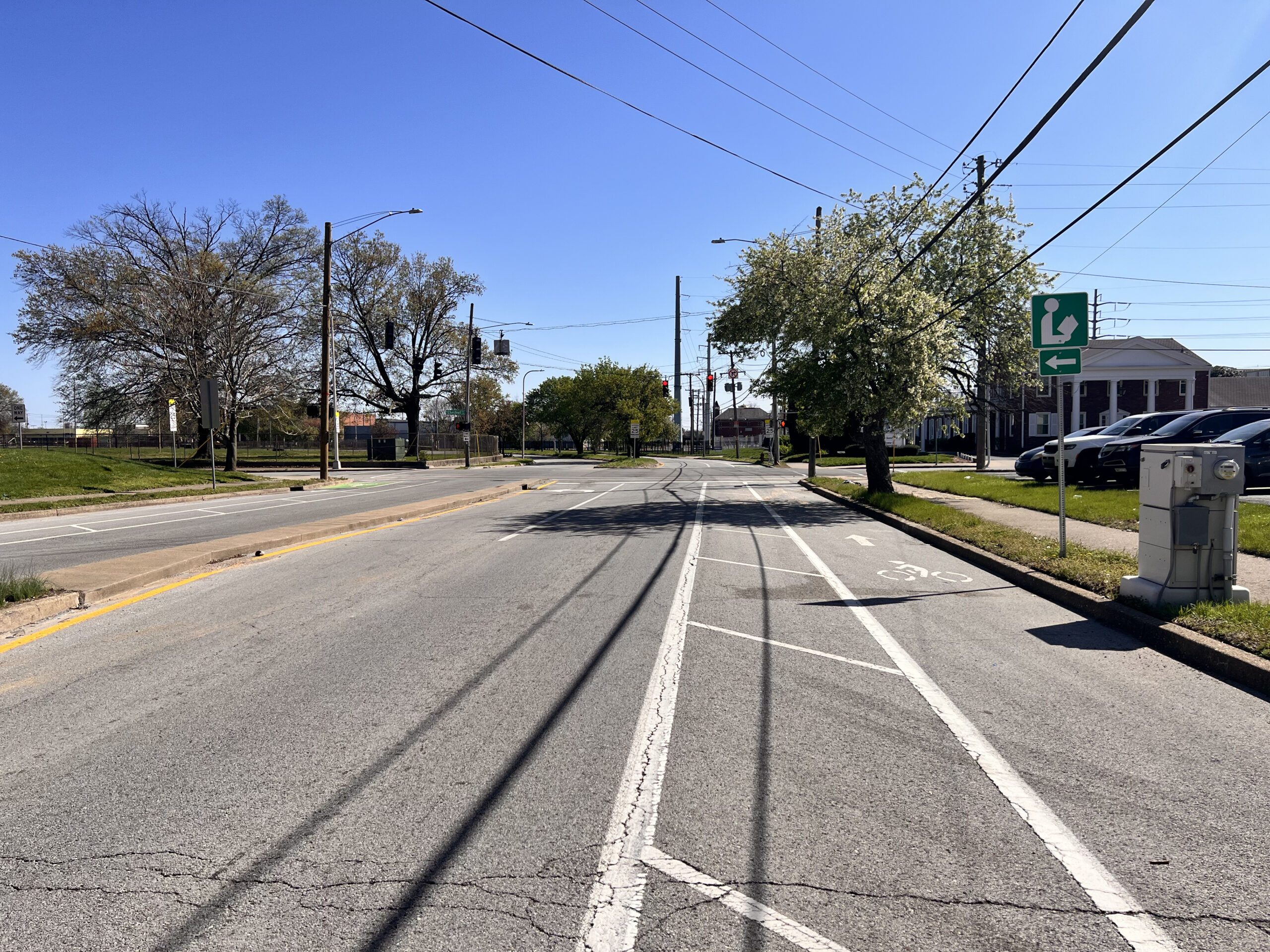When a disaster takes multiple lives, the pain of the loss transcends the families of the victims and impacts the community and even the nation. An airplane falls from the sky, a train derails into an icy river or a bus rolls over and catches fire. When these tragedies happen, everyone feels the loss and the devastation to the families and friends of those who perished.
As a society, we try to make sense of the events and take steps to avoid them happening again. This article will look at the five most deadly bus crashes and explore their impact on the community and the nation.
#5 Mother’s Day Bus Crash 1999
On Mother’s Day, May 10, 1999, forty-six people boarded a charter bus from New Orleans to a Mississippi casino resort to spend a few days gambling and enjoying the entertainment the casino had to offer. It turned out that the greatest gamble was getting on the bus with a driver high on marijuana.
The driver later told investigators that a car had cut him off and he swerved to avoid hitting it. After the investigation, officials said that they couldn’t corroborate the claim of a driver cutting him off, but the bus did suddenly veer across three lanes narrowly missing three vehicles before smashing into a guardrail and then off the road. From there it slid another 50 yards through a chain-link fence before slamming into an embankment.
Cause of the Crash
The driver should never have been behind the wheel. Not only was he high on marijuana and dizzy from Benadryl, but he had only been out of the hospital just eight hours after being admitted for congestive heart failure and malfunctioning kidneys. His employer said that they weren’t aware of his recent hospitalization and that they had never had any problems with the driver.
However, a background check would have revealed that the driver had been fired from two other bus driving jobs for operating a bus while on drugs.
Aftermath
Unfortunately, aside from a lot of finger pointing, not much was accomplished other than scathing reports by safety agencies and a slew of court cases. The National Transportation Highway Safety Administration issued a report blasting the bus company for failing to monitor their driver’s health conditions and screen for drug use. However, after a fine, there was no serious repercussions for the company.
A new Orleans’s civil court judge ruled that the Louisiana Department of Transportation and Development carried half of the blame because the guardrails were not adequately maintained. Instead of agreeing to make changes, the department appealed the case all the way to the U.S. Supreme Court which agreed with the judge that the department was 50 percent liable. No new programs to strengthen guard rails came from the incident.
#4 Carrolton Bus Crash 1988
A few minutes before midnight on May 14, 27 people—24 children, 3 adults—died on a church bus near Carrollton, Kentucky, heading home from Kings Island, an amusement park in Mason, Ohio. It was a day of rides, cotton candy and carnival games, but it ended in the worst drunk driving accidents and the fourth deadliest bus crash in U.S. history.
One of the survivors, who was 14 at the time and sitting right behind the bus driver, recalls the events. He noticed a flash of lights and then being instantly thrown into the wall in front of him. At first, he said, there were a few moments of quiet. Everyone was stunned and catching their breath, but no one was seriously injured in the impact. Suddenly the inside of the bus was filled with flames which blew hot and fierce almost instantly.
A gas tank which was located outside the frame of the bus and under the passenger side by the front door had been punctured and exploded sending flames through the bus. Within minutes, the whole bus was ablaze as the neoprene seat cushions practically exploded in the scorching heat quickly adding fuel to the fire and propelling the fire to the back of the bus.
Most of the bodies in the bus were found in the one-foot aisle where the kids were frantically clawing their way to the back of the bus to get out the only emergency exit. The survivor behind the bus driver recalls jumping over the seats and making his way to the back of the bus getting out with the other 33 survivors. His vocal chords were scorched, and he spent weeks in a burn center healing.
Drunk Driver
A Toyota pick-up had slammed head-on into the bus giving the driver no warning. The driver had spent the day drinking in a bar and then topping off with friends at a buddy’s house. They offered to drive him the quarter of a mile to his house, but he insisted he was going straight home. He didn’t go home and somehow, he ended up on the interstate going the wrong direction. He was critically injured in the crash but survived and had no recollection of the events. His blood alcohol level was .21, over double the legal limit at the time.
A jury deliberated for 11 hours before rejecting the charges of second-degree murder convicting him of 27 counts of manslaughter. He received 16 years, a sentence that the judge wasn’t allowed to increase. Many felt he got away too easy. “It’s always ‘Poor [drunk driver], he’s got to live with this,’” said the dad of an only child who died in the crash. “But he can see his family. They can visit him. If I want to spend Christmas with my child, I’ve got to go to the cemetery and kneel down by a headstone.”
Aftermath
The 14-year old survivor lay in a bed for weeks before his parents answered his continual questions about how his friends were doing. His best friend and the two girls that sat with them all perished in the flames. He eventually became a teacher and goes to different schools captivating people with his story which gives him the opportunity to speak about drunk driving. Kentucky drunk driving laws have been changed many times since in part because of efforts made by MADD once led by one of the mothers of a child killed in the crash.
Immediately after the crash, then Kentucky Governor Wallace Wilkinson ordered the inspection of buses in the state including those in church groups. The crash prompted reforms that made school buses safer, including multiple emergency exits and flame-retardant seats and floor coverings.
#3 Prestonsburg Bus Crash 1958
At the time, the Prestonsburg Bus crash was the deadliest bus crash in U.S. history, and today it is still third in terms of lives lost at 27 lives. On February 28, a Floyd County school bus with 48 school children and the driver aboard hit the back of a wrecker on U.S. Highway 23 and plunged over an embankment and into the Big Sandy River.
The bus carried children on their way to school, much like it did every school-day morning, but this time, it didn’t bring all the kids to school safely. After hitting a wrecker that had suddenly slowed, the bus careened out of control immediately leaving the highway and into the river swollen with rain and snow melt. The current was swift and the river deep immediately pulling the bus under and down the river. It took divers two days to find the bus and 69 days to bring the children out of the water and back to their parents.
The accident was truly unfortunate. It came about not by poor driving or failed equipment. It was just something that happens routinely on busy highways: drivers slowing quickly to avoid the person in front of them. The difference here was that the impact threw the bus to the side into an unusually swollen and swift river. No one was charged and no one was blamed for the accident. But like many tragedies, changes were made and many say a lot of good came of it.
Aftermath
Today a memorial stands along the highway at the spot of the crash. Twenty six students and the driver remembered for the terrible events of that day. Another reminder is the existence of the Kentucky’s Rescue Squads. On that day, there were none in the county or even the whole state of Kentucky, and today there are Rescue Squads that service every one of Kentucky’s 120 counties.
The Kentucky legislature wasted no time establishing a rescue squad passing legislation forming the state’s first less than 30 days after the date of the incident and signed by the governor literally on the back of one of the volunteers at the site. The rescues efforts would continue for over 30 days after the formation of the squad.
One of the survivors spoke about the good that came from the tragedy. “Because of the 26 children and the driver—and the 22 who made it out and had to live with that the rest of their lives—look at how many lives have been saved.”
Image Credit: Kentucky National Guard Public Affairs Office – https://www.flickr.com/photos/kyngpao/8431982557, CC BY 2.0, Link
#2 Yuba High School Bus Crash 1976
It was the final concert of the year for the 50-member Yuba City High School choir. A bus carrying the group along with a chaperon barreled down Interstate 680 and over the Benicia Bridge on their way to Miramonte High in Orinda, CA, 115 miles away. A warning light lit up indicating low oil pressure. The driver thought he’d better get off the freeway and put some oil in the bus so the engine wouldn’t seize up.
He got off the freeway to find a gas station along Highway 4 but had to navigate the Marina Vista exit with its sharp, 180-degree turn. Normally not a problem, but when the driver pumped the brakes … nothing. The driver turned frantically, and the bus tipped and went over the rail landing on its roof 25 feet below. In all, 29 people, 28 students and one adult, died, most of whom were crushed and died quickly. The medical examiner at the scene arrived and set up a quick morgue.
The first thing she noticed was the lack of obvious fractures, external bruising and lacerations that are usually present in a vehicle crash. Most had died of internal injuries being instantly compressed when the bus landed on its roof.
First on the Scene
The first responders noticed something unusual, there was hardly any sound. No screaming, crying or anyone clamoring to get out of the bus. The first on the scene was an off-duty member of the Contra Costa Sheriff’s Office who had been traveling behind the bus as it got off the exit. He looked up and the bus was gone. He saw others getting out of their cars running toward the crash, and then he realized what happened.
When he got there, something surprised him. “It was the most quiet, serene place I’ve ever seen,” he said, “No yelling. No screaming. It was just so peaceful I couldn’t believe it.”
It was later determined that most of those that survived had been rendered unconscious from the impact and many woke up in the hospital. Parents came from Yuba and surrounding communities to find out if their child was still alive. The scene that was first silent and “peaceful” soon became chaotic. Twenty ambulances, over one hundred other emergency personnel and seven coroners come from neighboring counties to lend a hand. A local priest was giving last rights, and workers were struggling trying to get anyone with a pulse out of the wreckage.
Causes
After a lengthy investigation, it was determined that a compressor drive belt failed thus stopping air from getting to the brakes. They also said the negligence of the driver contributed to the crash as he violated many emergency protocols that might have kept the bus on the off-ramp. The report said that Inexperience and a lack of training were factors in the crash. The driver was charged with involuntary manslaughter, but was never convicted.
Aftermath
Though no new laws were passed or any substantial safety changes made to buses, the accident had an unintended consequence based on the decision made by the school district. They decided to hold classes the next day instead of canceling class. The result was unfortunate as many felt no closure or a sense of healing.
One student, who was a junior and the school student body president remembers that day. “The district made the decision that they wouldn’t close classes, and the basic direction that many of the students got was not to talk about it,” she said. “So we have an entire community that never got a chance to heal.” Today, partly based on the mistakes made at Yuba, the approach to dealing with a school tragedy is much different. Schools now typically closes for a few days and makes counselors available to the students who are affected by an event.
#1 Chualar bus crash 1963
The deadliest bus crash killed 32 farm workers just outside of Chualar in the Salinas Valley, California. The workers, called braceros, were Hispanic farm workers that harvested crops for farmers in the valley. A makeshift bus, which was really a flatbed truck with a canopy, was carrying 53 workers when it was struck by a train.
The driver of the bus inexplicably stopped after approaching the crossing, and then went forward slowly across the track right into the path of a train. The crossing was privately owned as was the dirt road that crossed the tracks. There were no crossing gates or warning lights which at the time, did not violate any laws.
Investigators determined that the view of the driver was not impeded by trees crops or any other objects and concluded that the fault was that of the driver of the bus who had apparently not noticed the oncoming train. After the impact, the train finally stopped over 3,000 feet from the impact. There were bodies and body parts everywhere along with “rivers” of blood.
One passenger said that he had just moved to the front of the bus or he would have undoubtedly died because the train struck the rear section of the bus. The crash scene was spread out as many of the victims were dragged down the tracks after the bus had become lodged in the train. The only person not inured was the driver of the bus.
Causes
The Interstate Commerce Commission investigated the crash and found that the blame was on the driver who was negligent in crossing the tracks. The driver was a foreman of the crew and was arrested and charged with 32 counts of felony manslaughter. The jury acquitted him, and he returned to Mexico afraid of retribution from locals in California. The sister of the driver told the server of a warrant to revoke his driver’s license that he had been killed in Mexico by family members of the crash victims. This account was never corroborated.
Aftermath
After the undoubted deadliest bush crash in U.S. history, many changes were made on a local, state and national level. First, procedures were put in place by local officials to deal with Mexican workers and their families coming across the border to attend funerals and other emergencies. The funeral was described as a “macabre fiasco” by local papers as Mexican, U.S. and local official fought over how the bodies would be handled and who could come to the funerals in the U.S.
They eventually resolved their dispute, and over 9,000 people attended the funeral ceremonies.
The state amended many of its laws to require greater safety at private crossings putting some of the responsibility on the railroads to ensure safe passage of its trains.
Congress ended the bracero program that allowed thousands of workers who lived in Mexico to enter the U.S. on work visas to work in the fields. The program was very popular among both farmers and labor groups, so shutting down the program was controversial. The families of the victims had to go to federal court to get a 1.5-million-dollar award from the farmer’s association to pay benefits to the families. There were over 50 dependent family members left without means of support.











